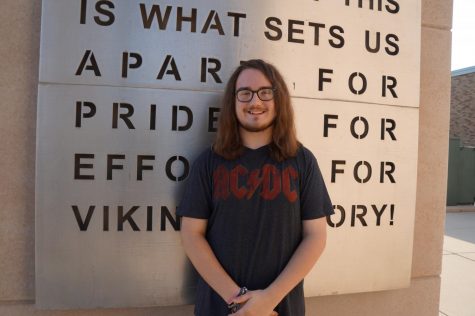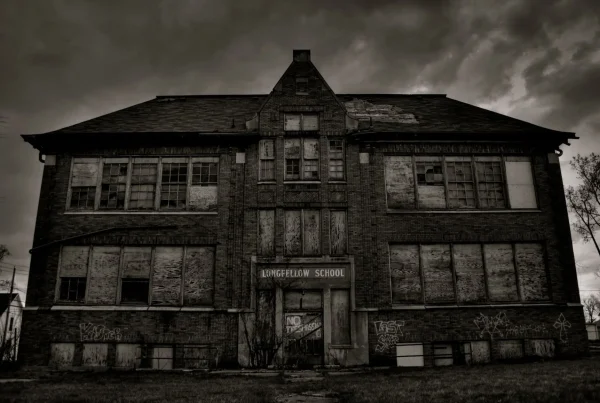America and abortion make strange bedfellows
Pro-choice protestors outside the Supreme Court after a leaked decision to overturn Roe V. Wade surfaced online. Credit: The Associated Press
It used to be whenever high school teachers allowed students to choose any topic for a paper, the usual forbidden topics included “gun control,” “legalizing marijuana,” the “death penalty,” and “abortion.” However, with the recent official leak of a U.S. Supreme Court ruling, the issue once again center stage with 58% of Americans polled supportive of the Roe V Wade ruling.
With the pro-abortion protests occurring in every state each week, in anticipation of the SCOTUS ruling to overturn the almost 60 years of Constitutional law that made abortions legal, ironically, the number of abortions performed continues to drop. No matter one’s stand on the issue, a look at the statistics, however, reveals a dramatic shift in what it means in the United States.
When the author of Jurassic Park and 27 other novels was in Harvard Med School in 1967, he wrote the book A Case Of Need, which he published under the pseudonym Jeffery Hudson. In this novel, Crichton (Hudson) outlines the eight arguments for and the eight arguments against abortion. He chose to write this novel, the only novel he wrote under a different name, out of concern or fear that he would become a target even by his medical school professors back in Boston. In his foreword added years later to the novel, Crichton wrote:
“One issue ignored by medicine in my student days was the problem of abortion, which
was for the most part illegal in the United States. A million American women flew out of
the country every year to have an elective abortion. Those who could not afford the plane
fare often showed up, septic and bleeding, in hospital emergency rooms. There were
abortionists in every city, back-room mills, and whispered addresses passed to frightened
women in need of the tawdry, dangerous industry which the medical profession pretended
did not exist.
“I remember asking a senior physician why the profession did not address the
inequities and health hazards of the present situation. ‘Abortion is illegal,’ he replied,…as if
that was all there was to say about it.”
The latest statistics in a report by the Guttmacher Institute, reveal that abortions are at the lowest level since 1973 when it became legal. More striking, those abortions in Democratically-controlled states decreased as dramatically as those states considered to be Republican-controlled, where abortion rates dropped by 20%, and some 30%. The question is why?
One reason cited for the lowest levels since 1973, is fewer women are becoming pregnant, likely as a result of the availability of contraceptives, especially because the Affordable Care Act requires health insurance companies to provide contraceptives at no cost to women. States, where abortion rates dropped less, were the ones from which women left the state to have the procedure.
According to the Guttmacher Policy Review report, 39% of all abortions in 2017 resulted from taking the “abortion pill.” The report also found no clear connection between restrictions enacted and the rate of abortions. To further complicate the issue, restricting abortions could be accomplished better by making affordable and effective methods of birth control more accessible to women, especially for those in the lower class.
The issue of abortion rights has divided our country for six decades, but with the latest opinion draft of a ruling that would take away the right of women to choose to have an abortion, the nation appears to be on the precipice of an even further and deeper division.








